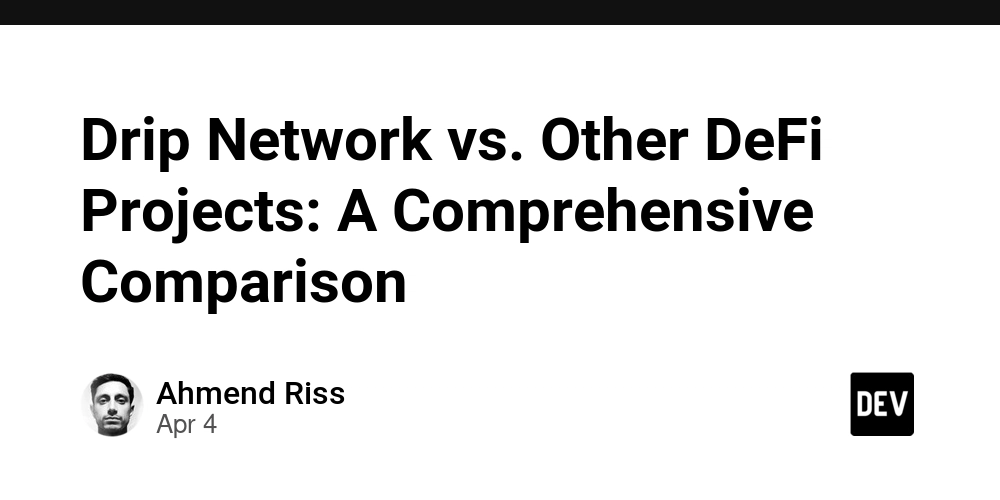Building Progressive Web Apps (PWAs)
Progressive Web Apps (PWAs) are revolutionizing the web experience by combining the best of web and mobile applications. PWAs are reliable, fast, and engaging, with features like offline access, push notifications, and home screen installation. In this post, we’ll explore what PWAs are, why they matter, and how to build one effectively. What is a Progressive Web App? A Progressive Web App is a web application that uses modern web capabilities to deliver an app-like experience to users. PWAs can be accessed via a browser but can also be installed on a user’s device just like a native app. Key Features of PWAs Responsive: Works on all screen sizes (mobile, tablet, desktop) Offline Support: Works without an internet connection using service workers Installable: Can be added to the user’s home screen without app stores Push Notifications: Supports real-time updates and re-engagement Secure: Served over HTTPS to ensure data privacy and integrity Fast Loading: Caches assets for better performance Why Build a PWA? Improved user experience and engagement Increased conversions and retention rates Lower development and maintenance costs compared to native apps Greater reach without the limitations of app store approval Basic Requirements for a PWA A secure connection (HTTPS) A Web App Manifest file A Service Worker to handle caching and offline functionality Steps to Build a PWA Build Your Web App: Use HTML, CSS, and JavaScript or a frontend framework like React, Vue, or Angular. Add a Manifest File: Create a manifest.json to define the app’s name, icons, theme colors, and display mode. Register a Service Worker: Write a JavaScript file that handles caching, fetch events, and offline behavior. Enable HTTPS: Use SSL to serve your app securely. Test and Optimize: Use Lighthouse or DevTools to audit your PWA and improve performance. Example Manifest File { "name": "My PWA App", "short_name": "PWAApp", "start_url": "/index.html", "display": "standalone", "background_color": "#ffffff", "theme_color": "#317EFB", "icons": [ { "src": "icon-192.png", "sizes": "192x192", "type": "image/png" }, { "src": "icon-512.png", "sizes": "512x512", "type": "image/png" } ] } Popular Tools and Libraries Workbox: A library from Google to simplify service worker logic Lighthouse: Audits and scores your PWA for performance and compliance PWA Builder: Helps generate manifest and service worker files quickly Best Practices Design for offline-first functionality Ensure quick loading with lazy loading and caching Use push notifications thoughtfully to avoid annoying users Keep your manifest and service worker updated Conclusion PWAs are a powerful way to deliver modern web experiences with mobile app-like performance and features. By following the best practices outlined above, you can build a web app that not only engages users but also performs reliably and efficiently across all devices and network conditions.

Progressive Web Apps (PWAs) are revolutionizing the web experience by combining the best of web and mobile applications. PWAs are reliable, fast, and engaging, with features like offline access, push notifications, and home screen installation. In this post, we’ll explore what PWAs are, why they matter, and how to build one effectively.
What is a Progressive Web App?
A Progressive Web App is a web application that uses modern web capabilities to deliver an app-like experience to users. PWAs can be accessed via a browser but can also be installed on a user’s device just like a native app.
Key Features of PWAs
- Responsive: Works on all screen sizes (mobile, tablet, desktop)
- Offline Support: Works without an internet connection using service workers
- Installable: Can be added to the user’s home screen without app stores
- Push Notifications: Supports real-time updates and re-engagement
- Secure: Served over HTTPS to ensure data privacy and integrity
- Fast Loading: Caches assets for better performance
Why Build a PWA?
- Improved user experience and engagement
- Increased conversions and retention rates
- Lower development and maintenance costs compared to native apps
- Greater reach without the limitations of app store approval
Basic Requirements for a PWA
- A secure connection (HTTPS)
- A Web App Manifest file
- A Service Worker to handle caching and offline functionality
Steps to Build a PWA
- Build Your Web App: Use HTML, CSS, and JavaScript or a frontend framework like React, Vue, or Angular.
-
Add a Manifest File: Create a
manifest.jsonto define the app’s name, icons, theme colors, and display mode. - Register a Service Worker: Write a JavaScript file that handles caching, fetch events, and offline behavior.
- Enable HTTPS: Use SSL to serve your app securely.
- Test and Optimize: Use Lighthouse or DevTools to audit your PWA and improve performance.
Example Manifest File
{
"name": "My PWA App",
"short_name": "PWAApp",
"start_url": "/index.html",
"display": "standalone",
"background_color": "#ffffff",
"theme_color": "#317EFB",
"icons": [
{
"src": "icon-192.png",
"sizes": "192x192",
"type": "image/png"
},
{
"src": "icon-512.png",
"sizes": "512x512",
"type": "image/png"
}
]
}
Popular Tools and Libraries
- Workbox: A library from Google to simplify service worker logic
- Lighthouse: Audits and scores your PWA for performance and compliance
- PWA Builder: Helps generate manifest and service worker files quickly
Best Practices
- Design for offline-first functionality
- Ensure quick loading with lazy loading and caching
- Use push notifications thoughtfully to avoid annoying users
- Keep your manifest and service worker updated
Conclusion
PWAs are a powerful way to deliver modern web experiences with mobile app-like performance and features. By following the best practices outlined above, you can build a web app that not only engages users but also performs reliably and efficiently across all devices and network conditions.











































































































































































![[The AI Show Episode 144]: ChatGPT’s New Memory, Shopify CEO’s Leaked “AI First” Memo, Google Cloud Next Releases, o3 and o4-mini Coming Soon & Llama 4’s Rocky Launch](https://www.marketingaiinstitute.com/hubfs/ep%20144%20cover.png)
















































































































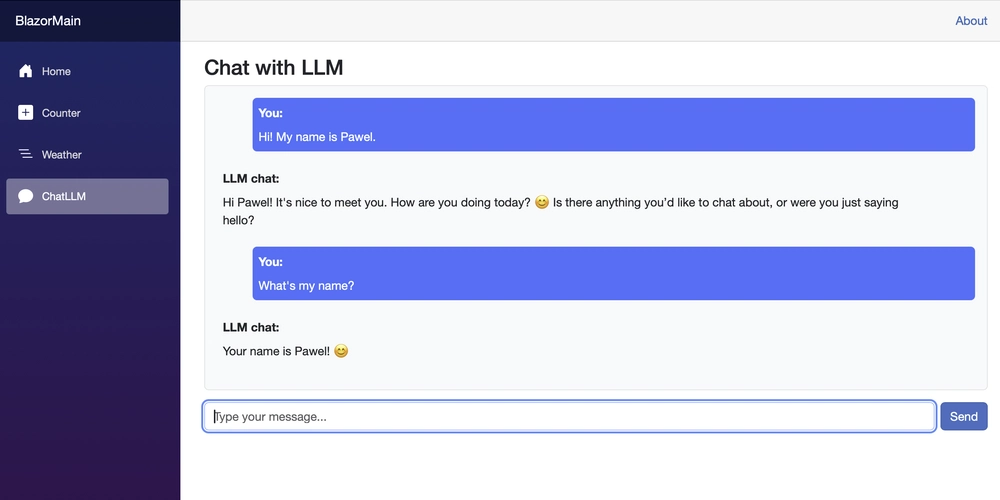

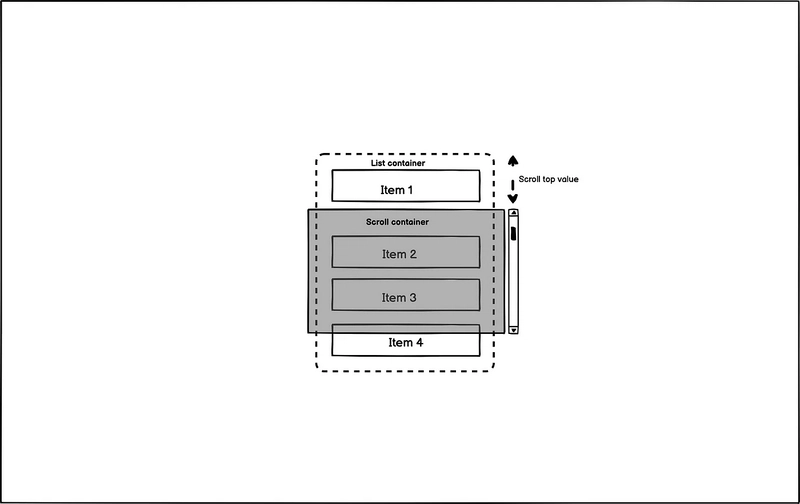























































































![GrandChase tier list of the best characters available [April 2025]](https://media.pocketgamer.com/artwork/na-33057-1637756796/grandchase-ios-android-3rd-anniversary.jpg?#)











































.png?width=1920&height=1920&fit=bounds&quality=70&format=jpg&auto=webp#)








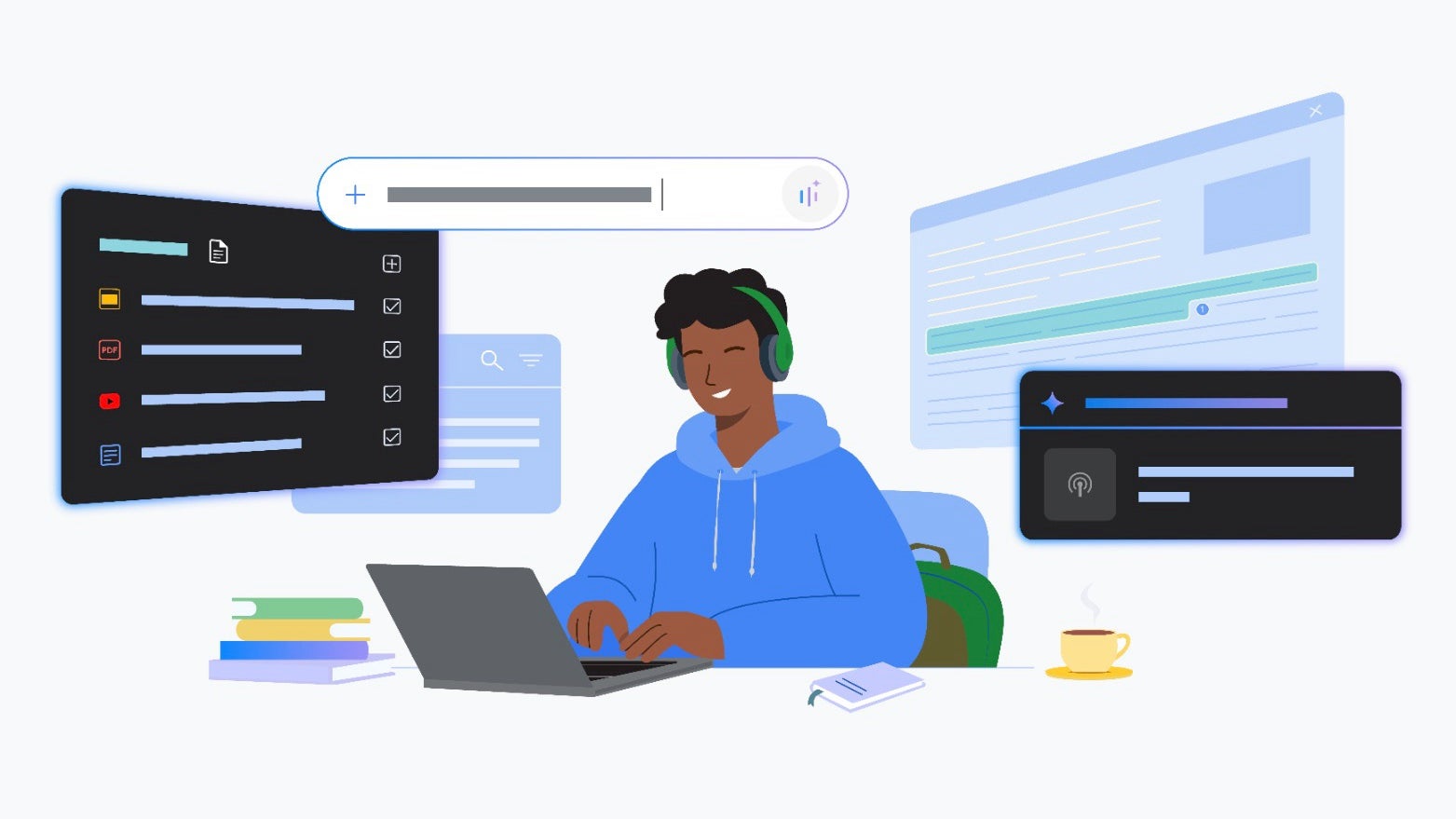

















.webp?#)











































































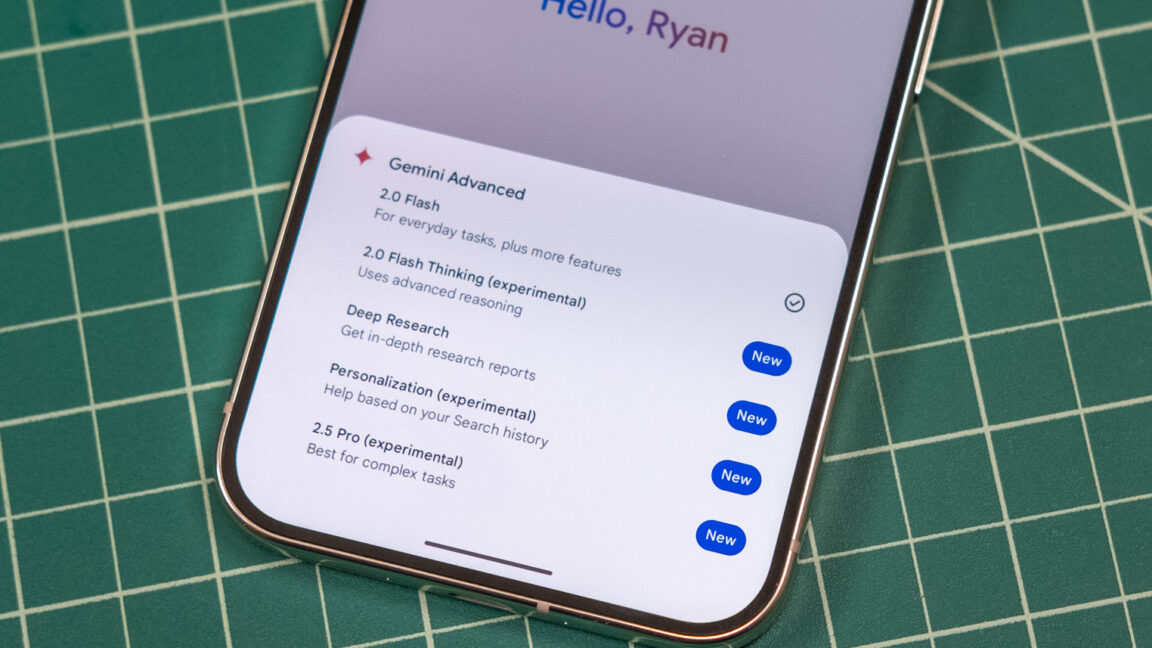






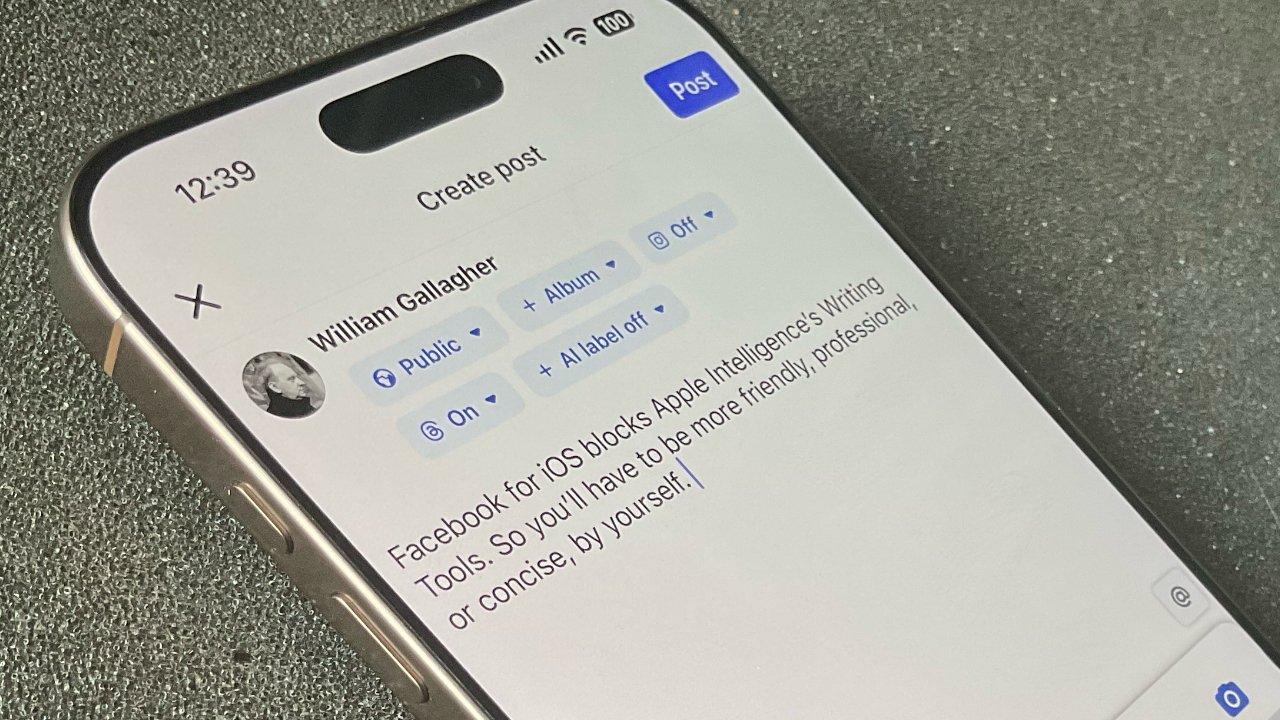
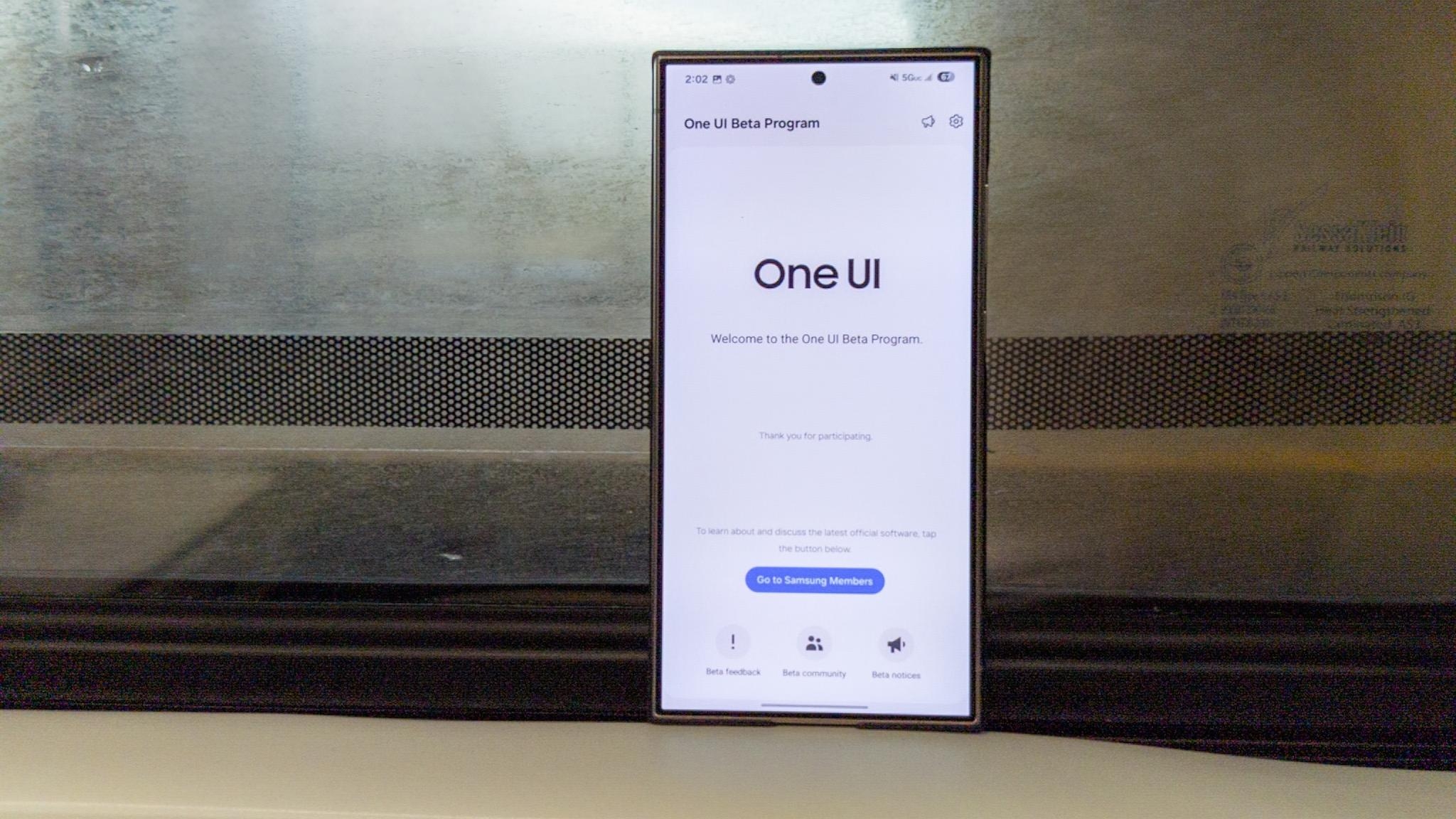






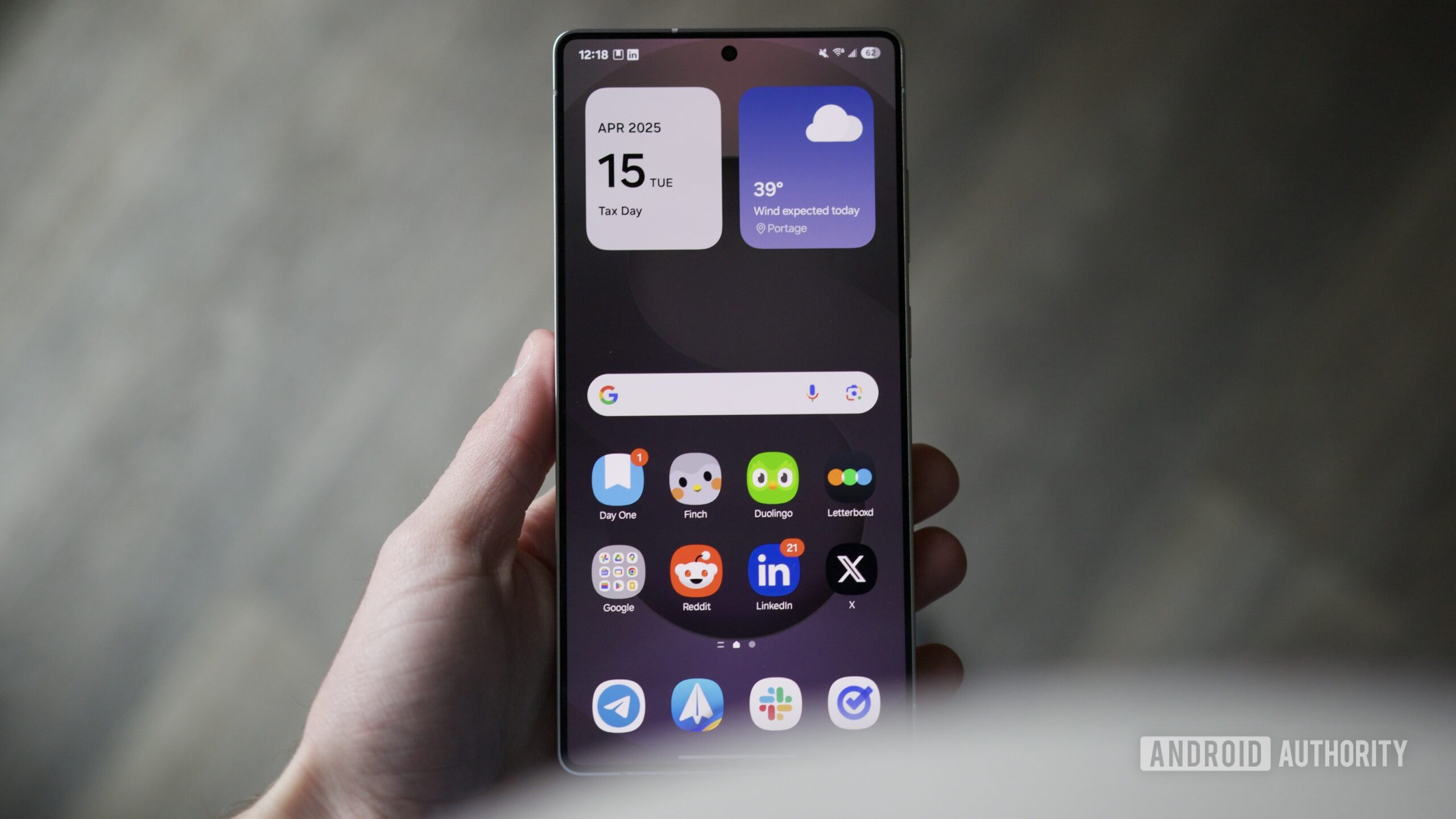















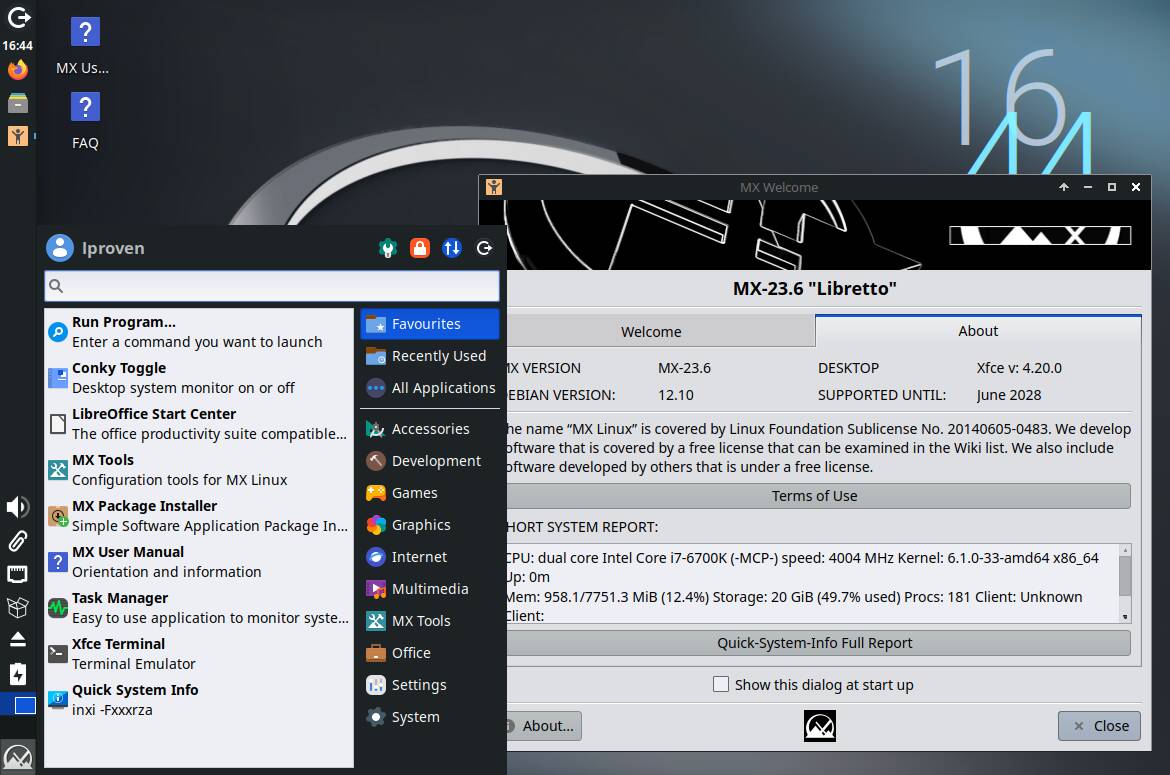



![New Beats USB-C Charging Cables Now Available on Amazon [Video]](https://www.iclarified.com/images/news/97060/97060/97060-640.jpg)

![Apple M4 13-inch iPad Pro On Sale for $200 Off [Deal]](https://www.iclarified.com/images/news/97056/97056/97056-640.jpg)


































































































































